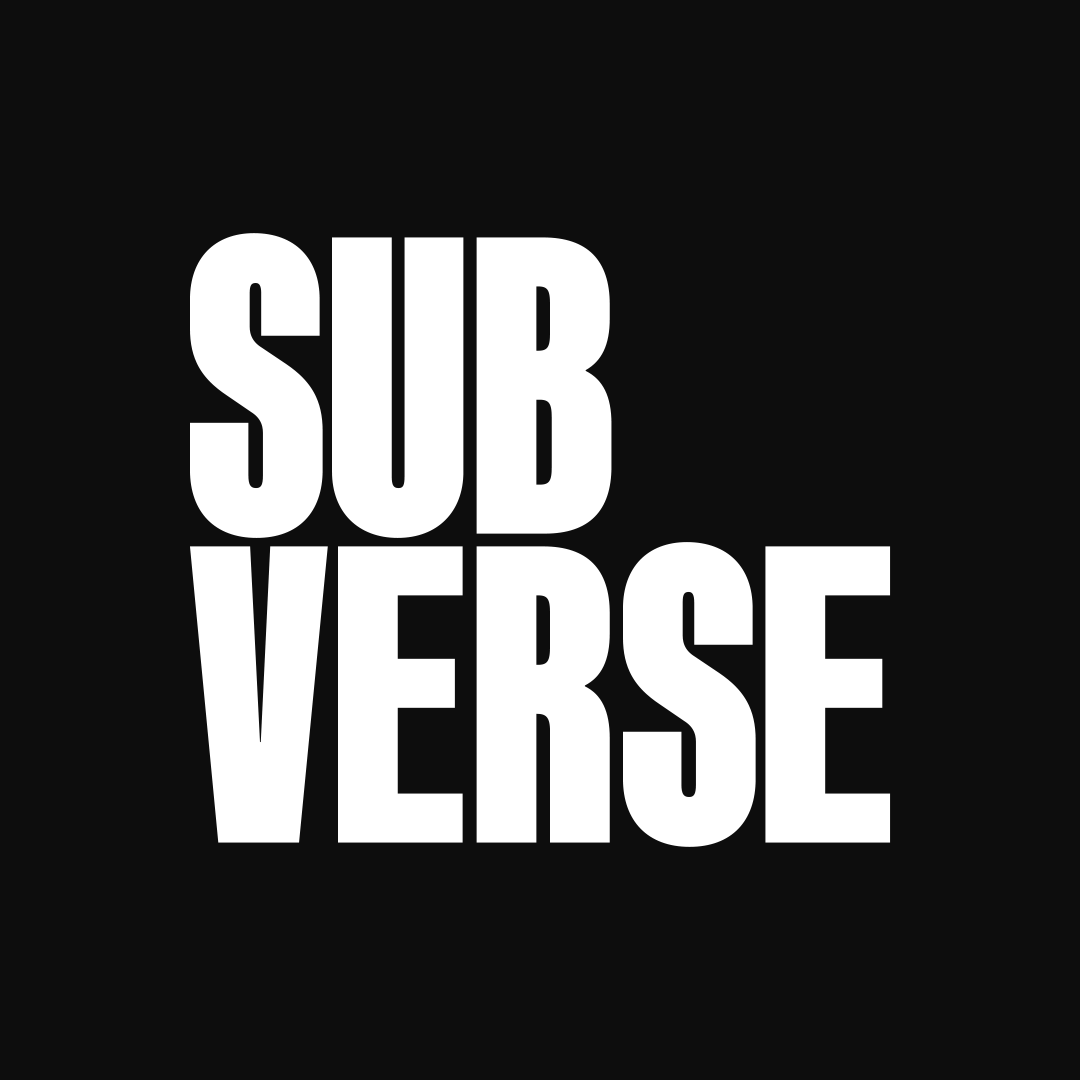Some days I wonder what would remain if we took the scoreboard down. If competition were less defining—if the oxygen of attention wasn’t rationed the way it is now—would names, symbols, and stories still matter? I think they would. Not as weapons, but as wayfinding. Not to dazzle, but to help us recognize where we fit.
I’ve always loved small, ordinary signals: a hand-painted sign on the door of a community kitchen; a library stamp that quietly says “return me.” These are brands, in the most human sense. They don’t try to be the only option. They try to be legible. They tell the truth about what lives inside.
The utopia question
Imagine a world not built on scarcity. Not a flawless place—people would still disagree, tastes would still diverge—but a place where meeting needs wasn’t a contest. In that world, what would branding be for?
I think it would be infrastructure for belonging. Like trail markers in a dense forest: you don’t need them to dominate the landscape; you need them to help you stay on the path you meant to take. A name would say, “This is where we gather and how we behave here.” A mark would say, “These are our commitments.” A story would simply show how those commitments have held up over time.
That feels like a lost opportunity in the present. Too often we treat brand as a mask to win a moment, when it could be a mirror to sustain a relationship.
From positional to relational
So much of modern branding is positional: stand apart, grow faster, outshout. I understand why. When the room is noisy, you raise your voice. But the more you project, the less you listen; the less you listen, the less you belong to the thing you claim to serve.
A relational posture asks quieter questions. Who are we genuinely for—and who are we not for? What promises can we keep on an ordinary Tuesday, not just launch day? How will people participate beyond a purchase? The goal shifts from being the most to being the most knowable. You don’t need everyone to agree you’re “the best.” You need the right people to recognize, “This is ours.”
It’s a humbler ambition, and that’s partly why it’s hopeful. Humility is scalable in a way swagger isn’t.
Plurality, truth, mutuality
I return to three words when I get stuck.
Plurality acknowledges we are not the only good answer—and that’s okay. A culture that allows for many good answers is stronger, not weaker.
Truth is what survives inspection. Not the tagline but the track record. If we say we value accessibility, you can see it in our pricing, our formats, our choices about where we show up. Truth lets people form realistic expectations. It also gives us a way to repair when we fall short.
Mutuality means value flows both ways. We don’t merely extract attention or money; we invite contribution, feedback, even pushback. We host, we don’t harvest. The brand becomes less like a storefront and more like a room with chairs arranged for conversation.
None of this requires a perfect world. It simply asks for a different orientation inside this one.
The shape of authenticity
“Authenticity” is overused, but I don’t think the concept is broken. What feels timeless about a brand isn’t its palette or its tagline; it’s the continuity of character. You can follow the thread from decision to decision and find the same convictions present when it’s convenient and when it’s costly. That continuity is strangely calming. It tells people they can make plans with you. It tells them that if they invest attention, time, or trust, the ground won’t shift under their feet.
Maybe that’s the quiet work of branding at its best: to help people make honest plans.
Small practices, here and now
Even under scarcity, we can rehearse the future we want. I picture a few gentle shifts:
- Publishing a simple “Who we’re for / Who we’re not for” note—not to exclude, but to relieve people from guessing.
- Replacing boastful value props with reciprocal statements: what we give, what we ask, and how we’ll be accountable.
- Designing one small ritual that enacts our values regularly: an open office hour, a monthly community review, a day where we share decisions and their reasons.
- Writing a repair protocol in plain language. When we miss our own standard—and we will—here’s how we’ll make it right.
None of these moves will trend. That’s part of the point. They favor steadiness over spectacle. They let people test our words against our ways.
A closing thought
When I look back at why I still believe in design (and why I keep doing this work), it’s because I think brands can be good neighbors. They can mark out shared rooms, welcome difference, and hold themselves to the promises on the wall. That’s not naïve. It’s patient.
In a better world, branding wouldn’t be about standing apart. It would be about standing honestly, so the right people can find you.

